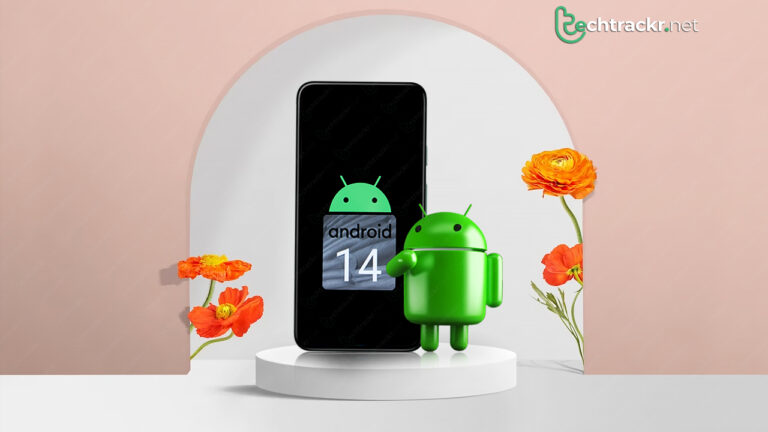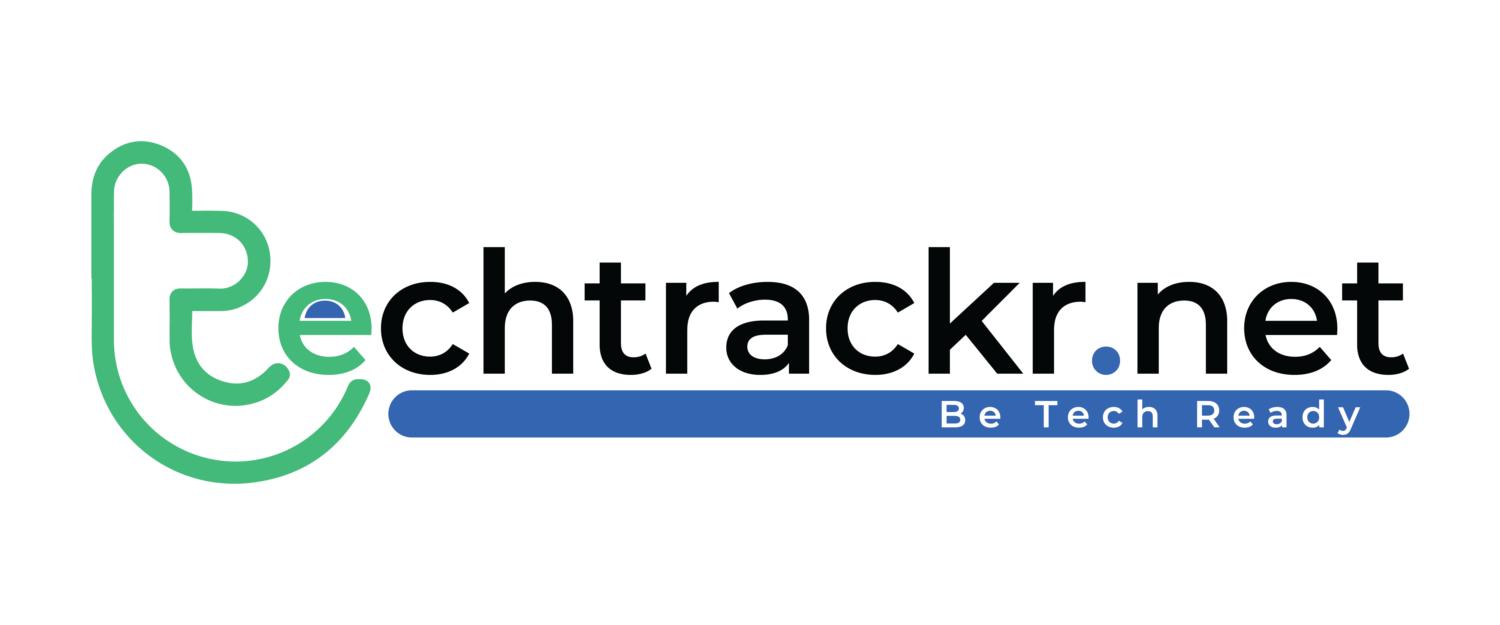
Google dropped the initial Android 14 developer preview in February 2023. After a second preview and a whopping 13 betas, including the Android 14 QPR1 beta, the big release is finally here. Check out the Pixel Feature Drop for all the stuff they’ve packed into Pixel devices. If you’re feeling adventurous and want to give it a whirl, you’re probably wondering how to get Android 14 on your phone. Well, this guide has got all the deets you need!
Now that the final Android 14 is out, you probably won’t face the same hiccups as in the beta version. So, if you’re just an average user, no need to be scared to grab the update. But if you want to stick to Android 13 for your own reasons, that’s cool too. Just remember, you’ll be skipping out on all the cool new stuff in the latest OS.

What phones support Android 14
Check out the rundown of phones ready for the newest update:
- Google Pixel 4a (5G)
- Google Pixel 5
- Google Pixel 5a
- Google Pixel 6
- Google Pixel 6 Pro
- Google Pixel 6a
- Google Pixel 7
- Google Pixel 7 Pro
- Google Pixel 7a
- Google Pixel Fold
- Google Pixel Tablet
Also read: How to quickly pair devices to your Chromebook using Fast Pair
How to install Android 14
To get Android 14 on your phone, you have three options: the hardcore manual way, the simpler assisted way, or the over-the-air (OTA) method. If you pick the first two, you gotta unlock the phone’s bootloader, meaning everything gets wiped. No going around that. So, if it’s your main squeeze, think twice before making the leap!
But if you go for the OTA method, you don’t need to wipe your phone clean. It’s a smooth ride from stable Android 13 to Android 14. Just remember, if you want to go back to Android 13, you’ll have to hit that factory reset button. So, make sure you’re ready for the switcheroo before you go for it!

Whichever way you choose, once you’ve got Android 14, you won’t have to reset to get the next updates. They’ll come right to you over the air. So, basically, just one factory reset and you’re good to go with Android 14, even if you did the manual or assisted install.
If you’re not going with the OTA method, here’s what you’ll need to kick things off:
You’ll need a computer running Windows, macOS, Chrome OS, or Linux, and make sure you’re online with the newest Chrome browser. Also, grab a sturdy USB cable to hook up your phone to the computer. The one that came with your phone works best.
To get started, make sure you have a computer that runs on Windows, macOS, Chrome OS, or Linux. Also, ensure you’ve got the latest Chrome browser up and running. Don’t forget to grab a reliable USB cable to connect your phone to the computer. Using the one that came with your phone is your best bet.
Also read: How to get GPS coordinates on Google Maps and how to use them
How to install Android 14 through the assisted method
- Make sure your computer has the right drivers for your phone, which you can get from Google’s Pixel drivers page. This is crucial – if you skip it, flashing won’t work!
- Connect your phone to your computer using the USB cable.
- Navigate to System > Developer options in your phone’s Settings. If you can’t find Developer options, head to Settings > About phone and tap the Build number seven times until your phone acknowledges you as a developer. Developer options should then show up.
- In Developer options, switch on OEM unlocking and USB debugging.
- Go to the Android Flash Tool page to install Android 14.
- Pick the version of Android 14 you want to install. Some models have a 64-bit-only option and another version that supports 32-bit software as well. Either one will do. If you’re unsure, go for the one that simply says “(signed),” as it supports both 64-bit and 32-bit software.
- Simply follow the flashing tool’s instructions and avoid touching your phone unless the tool specifically tells you to.
